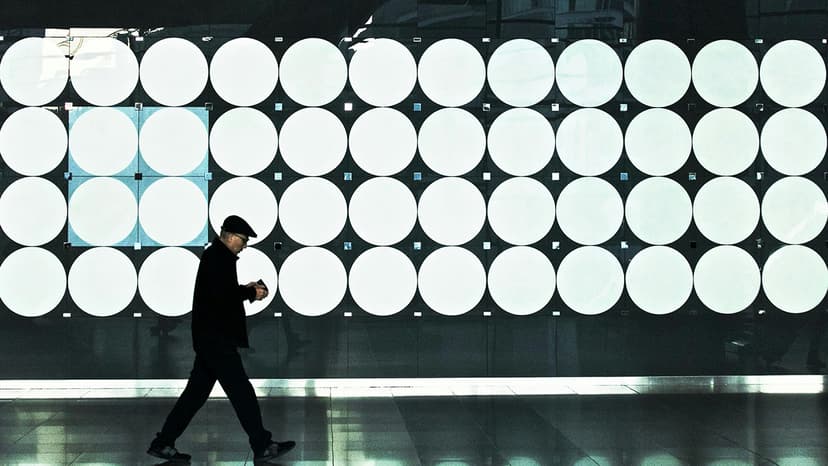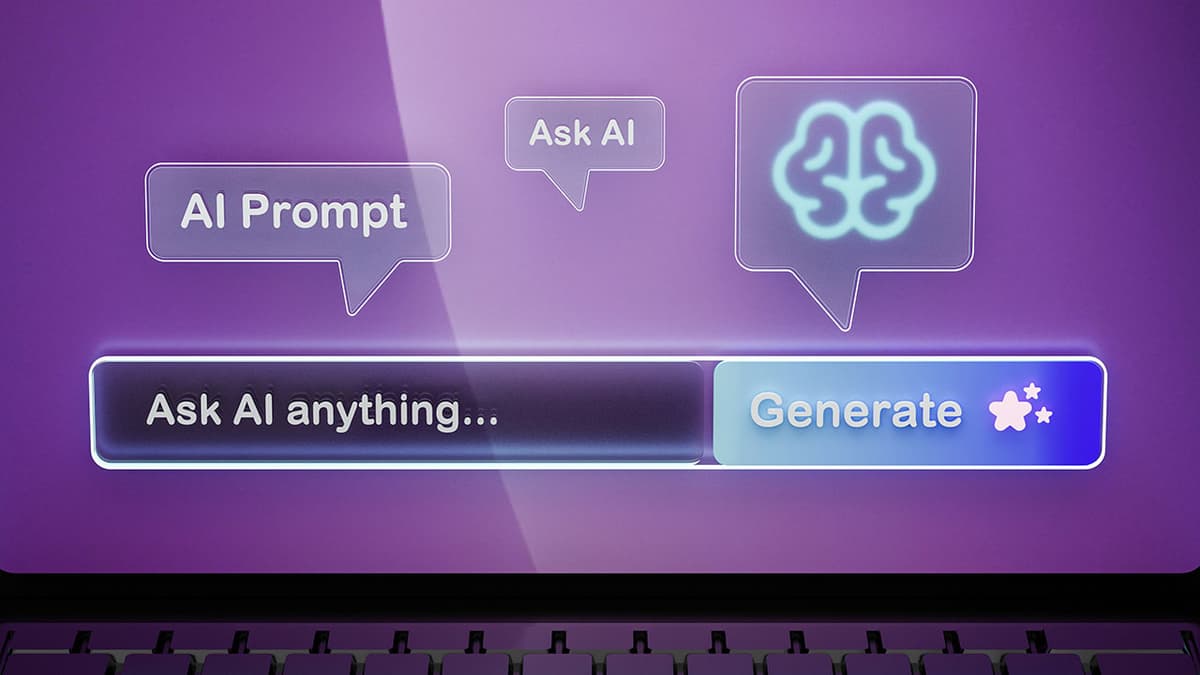How to Detect a Mobile Device using jQuery
Web developers need to adapt to varying devices in their designs. One common challenge is distinguishing between desktop and mobile devices. jQuery offers an effective way to detect mobile devices, allowing for website customization.
This article explores detecting mobile devices using jQuery, discusses common methods, and provides practical examples.
Detecting Mobile Devices with jQuery
Multiple methods exist for detecting mobile devices using jQuery. Here are some commonly used approaches.
Method 1: Using CSS Media Queries
One approach is to combine CSS media queries with jQuery. This method checks the viewport size and applies specific styles for mobile devices.
Define a media query in CSS to target devices with a maximum width of 768 pixels:
Css
In jQuery, use the window.matchMedia() method to detect this condition:
Javascript
Combining CSS media queries with jQuery allows for responsive designs that adapt seamlessly to different devices.
Method 2: Checking User Agent
Another method for detecting mobile devices involves checking the user agent string. This string provides information about the user's browser and device. While not completely reliable, it serves as a useful indicator in many cases.
Use navigator.userAgent in jQuery to access the user agent string. Here’s an example that checks for mobile devices:
Javascript
This method employs regular expressions to match common mobile device keywords in the user agent string. If a match is found, you can execute specific code for mobile devices.
Practical Use Cases
Now, let’s look at some practical applications of detecting mobile devices with jQuery.
Responsive Navigation Menus
Adjusting navigation menus for mobile devices is a common scenario. By detecting mobile usage, you can modify the behavior and appearance of the navigation menu to enhance user experience.
For instance, you can collapse the menu into a hamburger icon, which expands when tapped, ensuring accessibility and user-friendliness on mobile devices.
Optimized Content and Layout
Detecting mobile devices can enhance the content and layout of your site. Mobile screens have limited space, making it crucial to present information concisely.
Tailoring content and layout for mobile devices improves loading times, reduces clutter, and enhances readability. For example, you might hide certain elements or rearrange the layout to showcase essential information.
Mobile-Specific Functionality
You may want to offer specific features for mobile users. Enhancements can include touch interactions, swipe gestures, or mobile-specific functions like geolocation.
By detecting mobile devices with jQuery, you can conditionally enable or disable certain features based on the user's device, ensuring an optimal experience tailored to each device's capabilities.
Detecting mobile devices using jQuery is crucial for modern web development. It enables developers to create responsive designs, optimize content and layout, and provide mobile-specific functionality. By using CSS media queries and checking the user agent string, you can enhance the user experience based on the device. Embrace jQuery to deliver a seamless experience to mobile users!












